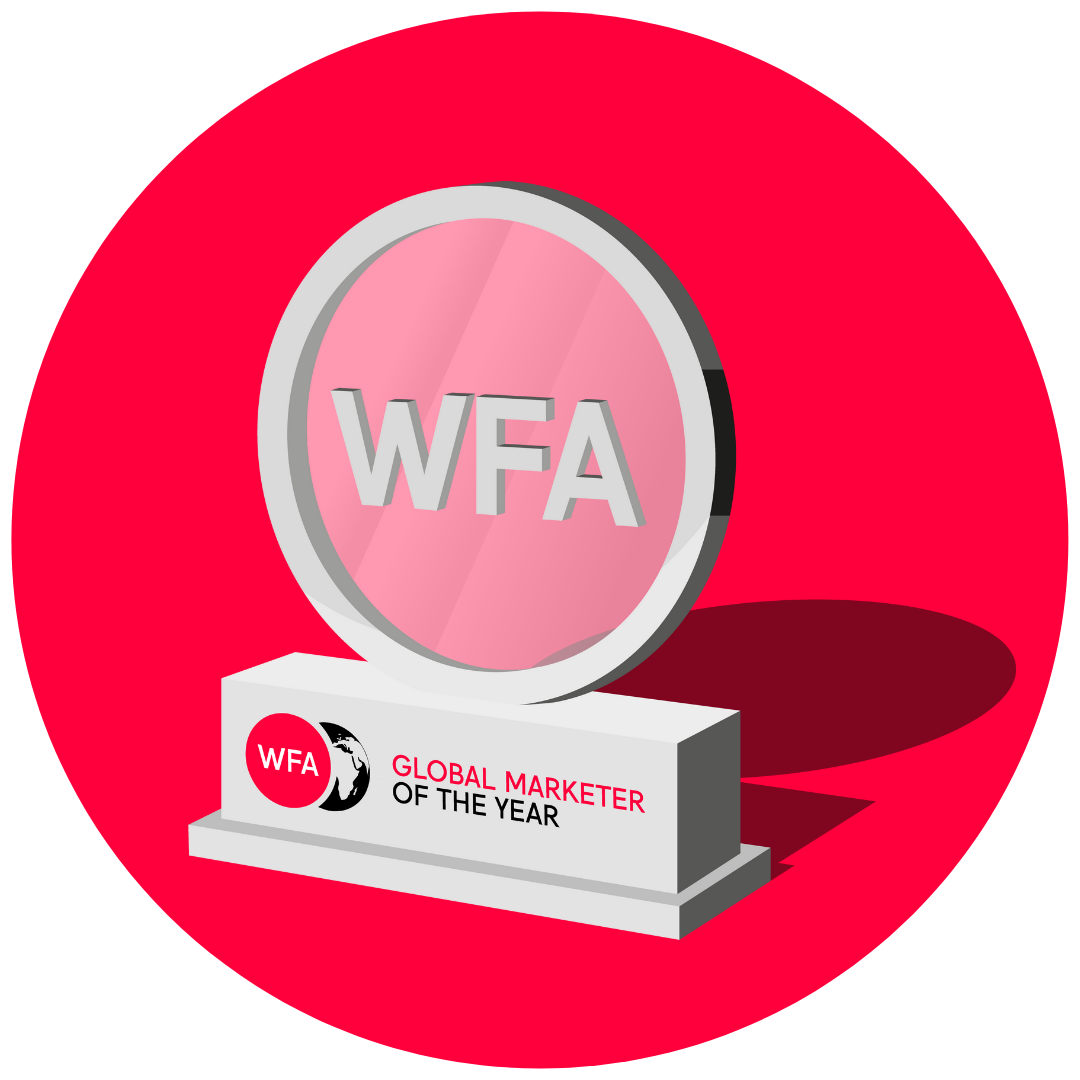Ukraine: Taking action on digital advertising
The Global Alliance for Responsible Media community continues to discuss the evolving responses to the war in Ukraine. Rob Rakowitz, GARM Global Lead, details the latest information and advice for advertisers from platforms, agencies and ad-tech players.
Share this post
With the active conflict in Ukraine now beyond its fifth week, GARM members heard presentations from major ad players, notably four platforms, two ad-tech providers and one media agency holding company on the impact the war is having on their operations, including in Russia.
Keeping the lights on in Russia has required a shift in content and design for platforms
One of the major entertainment-focused platforms is still active and available to Russian and Belarusian users, however with no ads. The platform is able to use technology and human active moderation on 96% of its content as it is being created, and it has updated its policy on bad actors to avoid weaponization. Data from their 20-language monitoring and action room revealed very light discussion of the war on their platform, mostly restricted to co-viewing of news. A different platform has chosen to remain active in Russia but with old content only and no ads. Another has been able to translate its progressive and aggressive approach to misinformation into this area; its approach for Ukraine has been consistent with their global policy – no tolerance for disinformation or misinformation for content availability or monetization. As with another platform that spoke at a previous meeting, it is removing all ads from search and, in addition, is featuring a refugee-focused charity for corporate and user donation.
Policy changes are rightly intervening and providing curation
We also heard about policy updates from some platforms. One platform had expanded its ban on Russian state media to a global level. This is a significant development, and we should expect to see more platforms take action in two areas that impact moderation and monetization – how to treat state-owned and state-affiliated media. We should also see these changes and shifts in policies in a more holistic way, as they are inherently connected to the treatment of official state handles and handles of elected officials. Lastly, another platform has made an exception to policies that cover incitement and calls to violence on the platform – a decision made to give people under attack the chance to express the need for self-defence. We are convinced that platforms will have to take an active stance on curation given the nature of this event. Platforms that lead with a principle-first mindset will have an easier time making decisions that stakeholders can readily understand.
Navigating news takes rigor
We know from our first discussion that news consumption has been on the increase. In this session, an adtech leader was able to help quantify the increase in content and categorize it by risk type; an assessment of content across multiple platforms showed a doubling of consumption of news. Going deeper, they shared a +70% increase in views of content involving “Death, Injury and Military Conflict” – the majority of which was “low” and “medium risk”. Both ad tech leaders said brands that appeared in news environments needed a strategy to be in and stay in the category, echoing the perspective of agency leaders. As the ad tech leaders observed, it is about the component parts of a strategy; third-party fact-checking to weed out the bad and raise the good, automatic settings update to provide continuity, a stated strategy and creative messaging that allows for continuous support.
Enhanced default protections informed by independent fact-checkers
We are hearing consistency in how ad tech partners are deploying third-party fact-checking services as part of their tools. The promise is to ensure that media investments support credible journalism and avoid disinformation, notably via providers like NewsGuard and GDI. One of the ad tech partners indicated that these changes had occurred seamlessly as part of an update; it also disclosed that there is flexibility in allowing for domain or page-level inclusion and exclusion. This would allow advertisers and agencies to better manage their trusted news partners based on a strategy in news.
Here are three key take-aways for the industry from this session:
- Check in with your partners and their partners: We know that safeguarding platforms and brands takes integrations, however now is a good time to get a better understanding of some of the underlying data signals used to place media relative to brand safety and misinformation. In short, appreciate that the servicing of your brand may be frictionless but make sure you know how those choices are being made. You need full supply chain scrutiny.
- Clarify your position on news: We’ve heard it for weeks now – advertising in reputable and credible news is right and it makes sense for many brands based on purpose. However, unlike brand safety setting updates it is not frictionless – it takes direction. Media leaders should help their organisations navigate the space with a series of questions; What is my organisation’s approach to news? Should it be calibrated in time of crisis? What criteria drive that calibration? What are the steps to take with agencies and publishers regarding both creative and investment?
- Clarify your position on media outlets: Many platforms have stated policies on misinformation relative to constraints on moderation and monetization, and, as noted above, also have policies on official accounts for government and elected officials. Platforms and other ad sellers will need to have a clarified position on media outlets and link to governments – friend or foe. In some cases – such as for Russian state-owned media – the industry needs demonetization, but in other cases – such as for US global media agency entities – we need disclosure.
Please note that any recommendations included in this blog post are non-binding; members are free to depart from them.
In our next session we will hear from platforms on how they are continuing to update their policies, with a conversation covering public and state media, managing creators and influencers. We will also hear from regional agency leaders in Europe on their regional operations.





